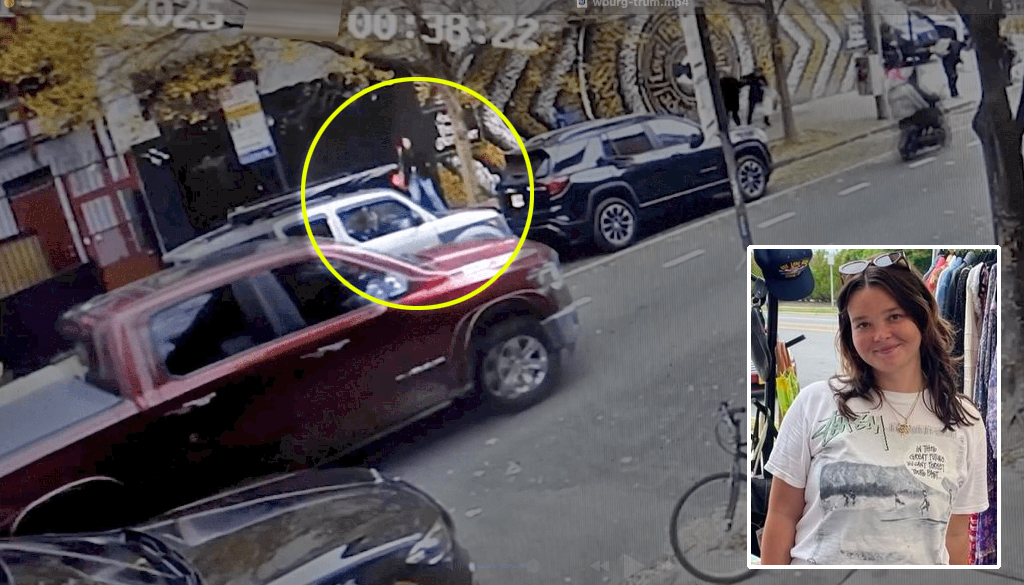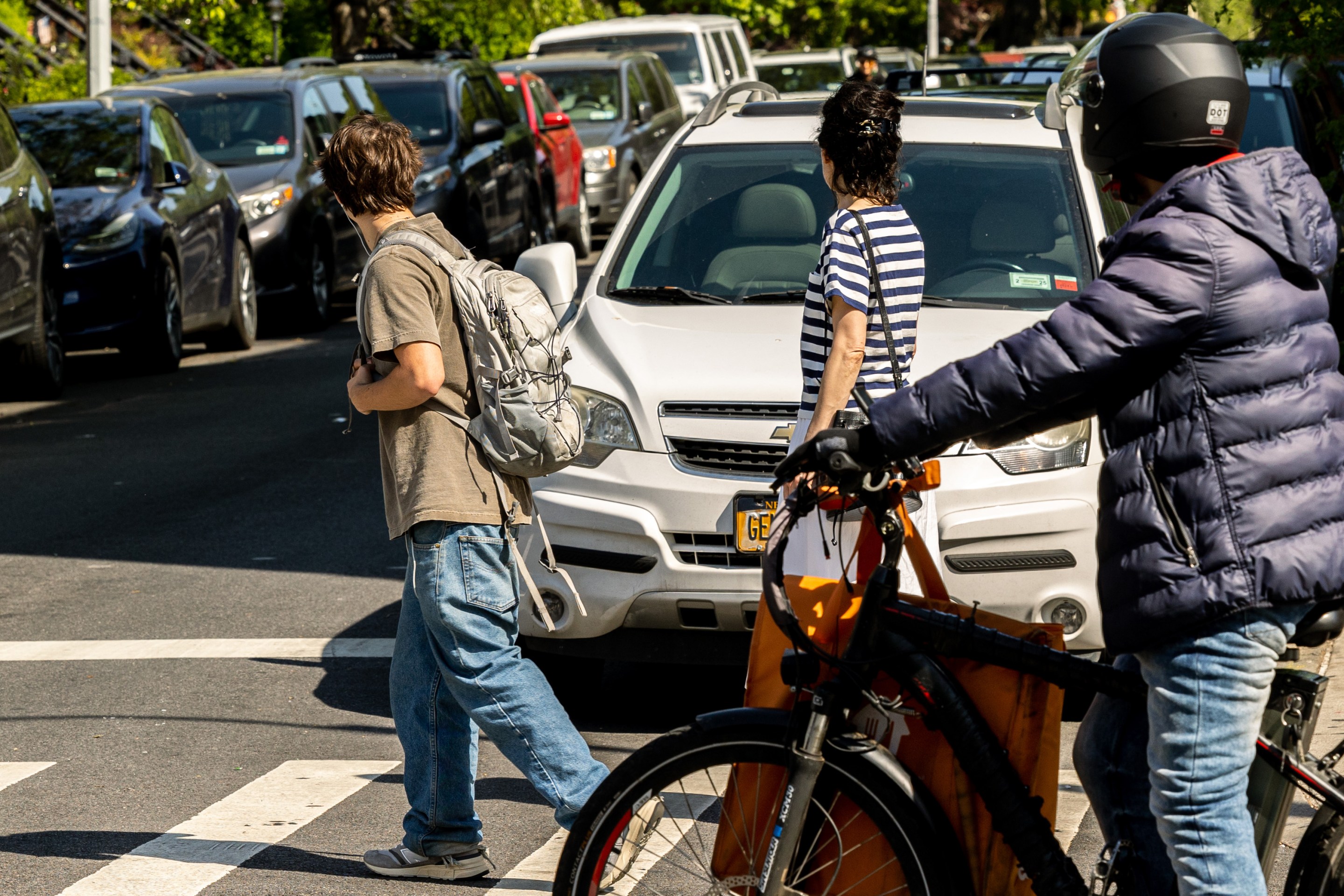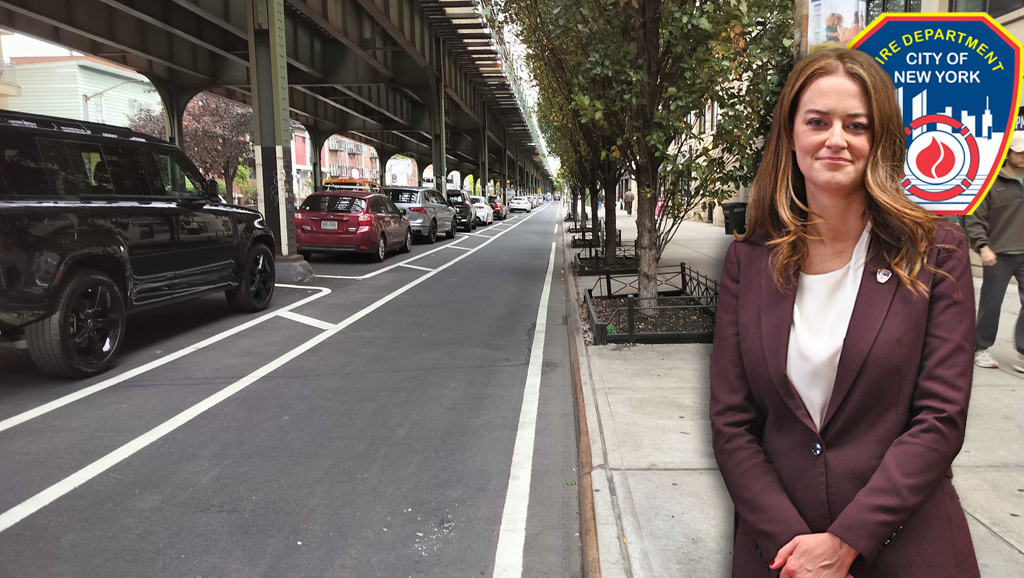My recent post refuting David Owen's attack on congestion pricing ignited a long, rich thread. Here's one comment, from "Jonathan," that struck a nerve:
[A] cordon-pricing plan … which doesn't charge center-city residents could result in an increase in those residents' automobile use. If the streets are free of outer-borough traffic, more of my Manhattan neighbors might drive to work, or simply make extra automobile trips within the cordon that without CP [congestion pricing], they would have made by subway or taxi.

Jonathan's right: Any Manhattan cordon-pricing scheme will lead to an uptick in car trips that start and end within the charging zone. It's one of those "rebound effects" that congestion-price modeling needs to account for, and which I've taken pains to incorporate in my Balanced Transportation Analyzer pricing model.
Indeed, I daresay that the BTA handles just about every issue ever raised on this blog about congestion pricing. How many transit users will switch to cabs? Will variable tolls really flatten rush-hour peaks? Won't faster roads lure back the trips killed off by the toll (Owen's conundrum)? And many more.
Technically, the BTA is a spreadsheet. But I think of it as a vast mansion, whose 46 interlinked "rooms" (worksheets) are stocked with precious data and ingenious algorithms for cracking open questions like these:
- How does congestion on weekends compare with weekdays?
- How sharply do traffic speeds rise as volumes fall?
- Which boroughs and counties stand to pay the most with congestion pricing?
- Will a cordon toll lead to more bicycling, and will that improve public health?
- Can decommissioning vehicle lanes increase congestion pricing's benefits?
- Which will boost transit use more: lower fares or better service?
- How many fares does a cabbie get in a ten-hour taxi shift, with and without pricing?
Multiply that list a hundredfold and you get a sense of the BTA's hidden treasures.
I say "hidden" because, except for a few mavens like "Gridlock" Sam Schwartz, who calls it "the best [modeling] tool that I have seen in my nearly 40 years," the Balanced Transportation Analyzer remains largely untapped by advocates. To me, it's as if we're all starving while this rich storehouse next door goes to waste.
Which prompts me to ask: Why is the BTA so underused? Is our community missing out on a valuable tool? What should we do about it?
Let's make this an open thread, with emphasis on what can we do together to make the BTA more accessible and useful to New York's livable streets community. (The model is adaptable to other cities, so those of you not from NYC are also invited.)
As for Jonathan's question: the BTA shows that over the course of a typical weekday, 72 percent of all vehicle miles traveled inside the Manhattan Central Business District are by cars, trucks and buses that have crossed into the CBD, either at 60th Street or across the Hudson or East Rivers, and thus would pay the congestion toll. The remaining 28 percent of VMT is mostly by medallion taxicabs (22 percent). Cars and trucks that stayed within the cordon zone and couldn't be tolled accounted for just 6 percent of all CBD traffic. (All this is derived and shown in the table at the bottom of the BTA's "Cordon" worksheet.)
This tells us that: 1) Even if "intrazonal" traffic rises sharply, as Jonathan fears, it will add relatively little VMT because it's such a small share of overall cordon traffic to begin with; and 2) rather than fret over the free pass for intrazonal trips (which are impractical to toll with current technology), congestion pricing needs a strategy to stop a surge in taxicab use from filling the newly freed road space.
The plan currently advocated by Ted Kheel and myself does just that. It combines a 33 percent surcharge on all three taxi-fare components -- mileage, waiting time, and the "drop" -- with time-variable car tolls of $3/$6/$9 on weekdays and $2/$3/$4 on weekends (trucks pay double, reflecting their greater bulk, while medallion cabs are exempt from the toll but pay the surcharge). Under this Kheel-Komanoff Plan, intrazonal VMT is predicted to rise by approximately 120,000 miles a day -- 40,000 by cars and trucks, 80,000 by taxicabs. But cordon VMT by vehicles coming from outside, and thus tolled, falls far more, by 450,000. This yields a net drop in cordon travel of 330,000 VMT, an 8 percent decline that, the model predicts, will boost average travel speeds within the CBD by around 20 percent.
The point of this post isn't to advocate for a particular plan, however. It's to show that rebound effects and other asserted congestion-toll pitfalls can be modeled and, with the right plan, accommodated.
The figures are based on 2007 traffic levels. Current volumes are probably slightly less. While a decrease in "baseline" traffic cuts into the benefits of congestion pricing, both the saved time and new transit revenue predicted for Kheel-Komanoff are still striking. And, yes, if you want to test our pricing plan (or your own) with reduced baseline traffic, the BTA even has a switch to adjust the volume.





